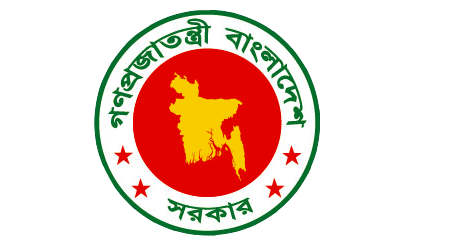The objective of this Toolkit is to provide guidance to policy makers and practitioners on ‘how to’ aspects in designing and implementing public works programs. The toolkit draws on past experiences of several country typologies where programs have been in operation and will propose a prototype set of procedures based on existing implementation manuals and documented experiences.
The toolkit responds to the increasingly dominant use of public works programs as a safety net instrument both in middle and low income contexts. Of the many safety net programs, the role of public workfare programs has received considerable attention in the recent past, mainly because of their attractiveness in information- and capacity-constrained countries, their particular suitability as a safety net against weather-induced shocks, and the scope for selftargeting without the need for administrative inputs. This Toolkit deals with only and exclusively public workfare programs.
Public works programs (also known as workfare programs) have been in operation in many low and middle income countries for several decades. These programs provide temporary employment at low wages mainly to unskilled workers on labor intensive projects such as road construction and maintenance, soil conservation, waste disposal, etc. PW programs have two objectives: quick generation of employment to needy unskilled workers, and small scale infrastructure development and maintenance. In the wake of global economic crisis and weather and natural disaster-related shocks, public works programs have assumed greater significance as important safety nets providing much needed income in the hands of ablebodied poor and ensure consumption-smoothing.
The Toolkit is organized in five sections. First we consider the rationale and business case of public works programs across different typologies; we clarify definitional issues and a broad classification of countries where public works programs may be launched. Second, we consider the main design decisions to be addressed in establishing a public works program. Third, we introduce a feasibility assessment which guides practitioner’s across the key considerations in looking at the appropriateness and sustainability of a public works intervention. Fourth, we consider the main implementation aspects to be followed in developing a public works program. This is the substantive part of the toolkit and will be supported by a variety of case studies, resources etc. The toolkit concludes with a section on monitoring and evaluation. A set of appendices will contain (i) templates that can be used in diverse country circumstances and (ii) real country illustrations that show how programs were actually implemented.



